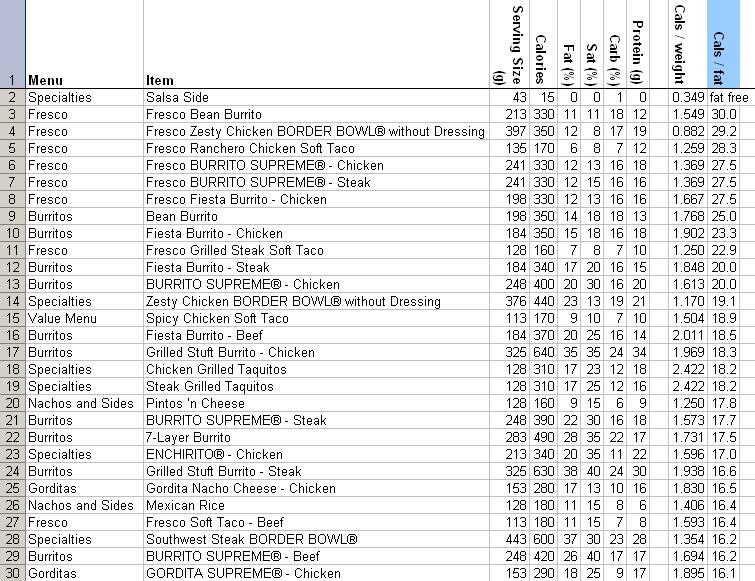Each time Silverlight fails, I see an error posted to the console:
fseventsd[36] getting the group list for NAU\jtb49/1656581826 failed (Unknown error: 0)
or, more generally:
fseventsd[##] getting the group list for DOMAIN\USERID/########## failed (Unknown error: 0)
This does not happen for any local accounts on the same machine.
What I'm guessing is happening is this: Silverlight tries to check permissions with the system software (i.e. the unix underpinnings) before it writes its scratch files, but screws up the syntax.
This is out of my area of expertise, but I expect there is some unix program that accepts a username and some unique identifier number as parameters, in the format "USERID/##########". I also expect this program is somewhat liberal with this syntax, accepting either a forward or backward slash.
Now, note that when logging in to a domain, the username is often considered the full expression "DOMAIN\USERID". Notice the backslash. I log into our networks using the username "nau\jtb49", for example. Because of this fact, I suspect that Silverlight is checking permissions using a parameter that turns out to be the full username expression (including its slash), then another slash, then the unique indentifier number. I suspect that the permission checking utility looks at this incoming parameter blob and reads-in everything before the (first) slash as the username, and everything after the (first) slash as the unique number.
NAU \ jtb49/1656581826
Obviously, neither are valid, and the permission check fails.
The only (ONLY!) information I could find on the entire internets on this error was another guy like me who noticed the console error, and doesn't know where to go with it. http://groups.google.com/group/macenterprise/browse_thread/thread/7bb66947788247b8
Hopefully, google will pick this blog post up and future people searching "netflix+N8007" will find it... perhaps someone who knows where to go next?









